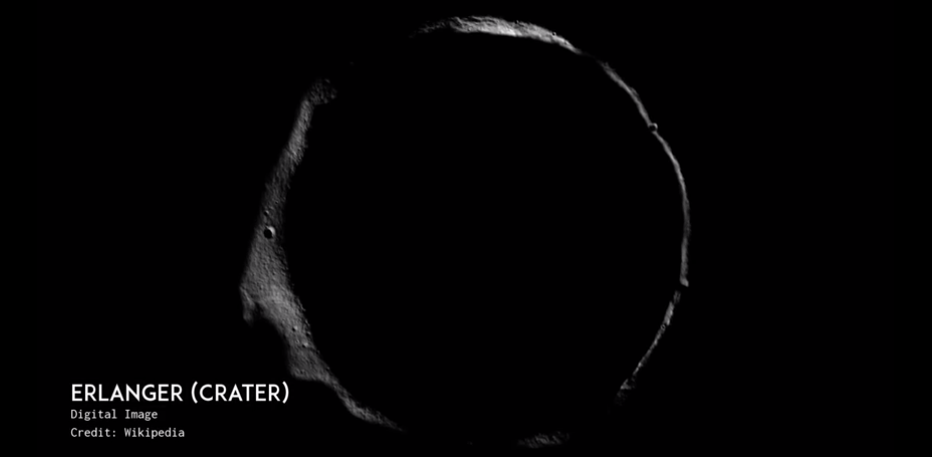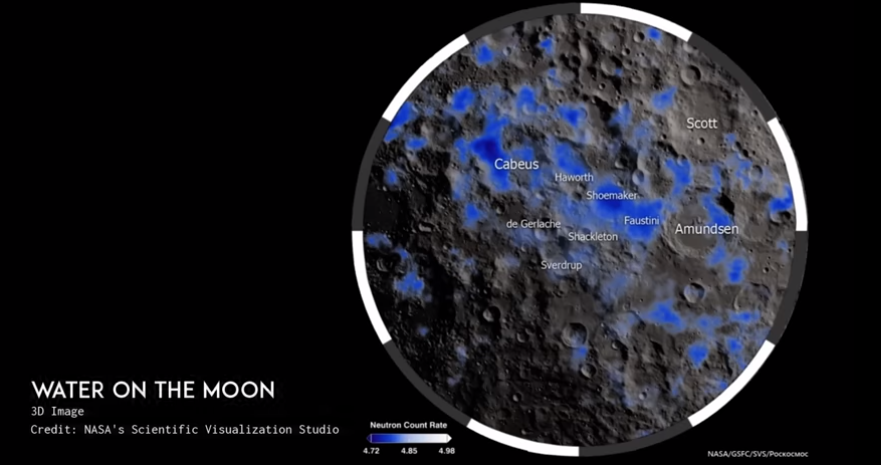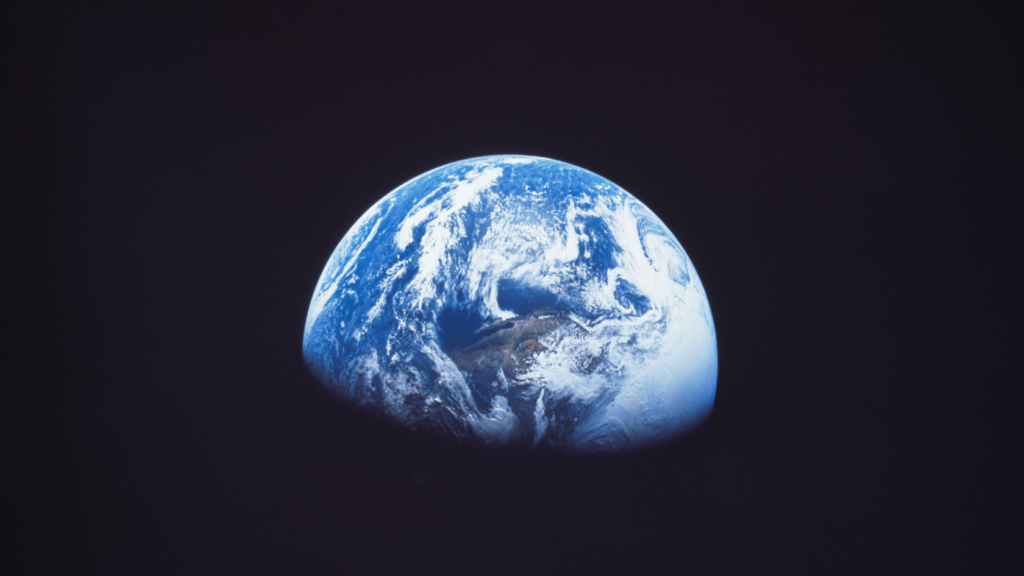Just last week india’s Chandrayaan 3 has successfully landed on the moon. India is only the fourth country after America, Russia (soviet union) and China, which has successfully landed on the moon but Chandrayaan the first spacecraft, which landed near the southern polar region of the moon. In the next few years, you will see many mission which will be going near the south pole of the moon. So what is so special at the South Pole of the moon.
Chandrayaan 3
There is going to be much traffic on the moon with in the next few years. The Vikram Lander of Indian Chandrayaan 3 has landed there about 70° towards the south meaning toward southern polar region. Its one Rover is also roving there. It has also successfully starting working there and its new results will be coming to heartiest felicitation to India. This is a fantastic achievement.
New Mission Going on South Pole
But after sometime in some months an intuitive machine, there is a private company of Houston in America read in partnership with NASA is going to send a lender that also towards the south pole of the moon and then China, which has successfully sent spacecraft in the last two decades, its series Chang’e

Chang’e 6 will be sample return mission from the south pole meaning it will take a sample from the Southbourne and bring it back.
Besides that the astronauts of the Artemis program also intend to land at the South Pole and after that the intentions of America, and in the future China also, of making settlement on the moon, that is on the South Pole. What is the problem with the South Pole?
Why everyone going on South Pole
All this problem is about water. Water is essential for us, for living and if you find water somewhere it is easy to live there. If you take water with you the launch of transporting the water will be expensive. By the way, let me clarify. The moon is very dry, more drier than even the earth’s deserts but there were some indications that may be water is present on the moon in the shape of ice.
In 2008 Chandrayaan 1 mission, the Indian orbiter for the first time detected water in the polar region of the moon. That idea was probably water is present there and this was a very big discovery because if you want to make a settlement on the moon, you can use this ice and water is not only for drinking if you break it into hydrogen, it can become the fuel of the Rockets and oxygen can be used for breathing.
So the presence of water on the moon even though it may be in small quantity is of great importance. But one minute. You will say there is no atmosphere on the moon, so the water they should evaporate immediately. You are right, but the water found which has detected by Chandrayaan 1 is in the craters in their shadows in fact these are called permanently shadowed region (PSR) where is sunlight never falls.
Now you will ask why are there permanently shadowed regions on the moon? Yes the reason this is the tilt.

As you know the tilt of the Earth is about 22° and that is the reason our seasons. The tilt of the moon is very less. This is only 1 and a half degrees. This means it’s Paul region, north and south if you have craters on their top side you will have sunlight all the time but the sunlight will never reach that area inside the rim. This is special.

This is a picture that the Sun will look very low on the horizon at the South Pole of the moon. If at that moment you are in the shade and the moon’s atmosphere is not thick. It is very very cold there, expected temperature is -250°C. The shade of the craters that permanently shadowed region has this low temperature. Because of the low temperature the molecules of the water do not evaporate. They freeze and stay there on the surface.
Where Water Come From?
Rather in some areas which have permanently remained in shade, the gas is this water ice has been present for billions of years. This water probably was brought by comets (which have a lot of water) when they crashed at some time. Asteroids meteorites, water is present in all of them. If they reach the shaded areas water does not elaborate from there. The idea is because of this reason water in ice form is present in these Pole regions on the moon.

Now you are seeing this picture. I wanted to give an example. The picture is of ‘Erlanger crater’. This is towards the north pole of the moon. Its rim is lighted up but there is darkness in the middle. This is an example.

This is another visualization of the data a speculation. This is a ‘Shackleton Crater’ towards the south pole. How as the moon’s day progress, I will tell you, the moon is tidally locked to the earth and moon lunar day cycle is about 29 days (earth) this is showing you how sunlight goes forwards and backwards, but see the middle of the crater is still in shade. This is a fascinating place a fascinating thing.
Chandrayaan 1 detection water true or not?
But this detection of water by Chandrayaan 1, is that actually water or not. because that was an indirect observation and there is a hydroxyl molecule so it was calculated on that basis that probably it is water. Sometime after Chandrayaan 1, in 2009 there was a NASA mission named LCROSS full name, ‘The Lunar Crater observation and sensing satellite’ or you say it LCROSS. This was fascinating.
One booster went along with the rocket and it crashed that booster into a crater named ‘Cabeus’ near South Pole. When the material ejected from there, the plumes came out this spacecraft LCROSS pass through it and saw some samples and four minute after that, it collided with the crater and more plumes came out. All of this was being seen by a satellite in orbit ‘LUNAR RECONNAISSANCE ORBITER’ or LRO. It measured if, when these two things collided in the dark permanently shadowed region of the Cabeus Crater, water directly, came out or not and observation actually showed that water is present there in ice form.
Wait a minute for me this is nuts, just imagine to find out the presence of water, 400000 km from Earth on the south pole of the moon in the dark craters where there is no light. Let’s first put the booster in there and then the detector behind it takes its (plumes) samples and then the detector itself crashes, and during that period you have given all this information to the satellite.
This is completely fascinating and imagine if you are there (obviously you are not there nobody is there) what would that (scene) be according to ¹⁄6th gravity of earth on the moon’s southern pole. In what a fascinating way do humans think of experiments.
How much water on the Moon
After all these things, how much water was found on the moon. The estimate is there is at least 600 million tons of water in the polar region.

If you estimate, it is equal to the water in Lake Tahoe in America.
You will say this is not much water but for the settlements over there and when we thought there is no water at all, for that purpose, this is enough water which can help a lot of people. And let me tell you in the last few years another Infrared telescope Sofia detected,

Water is present in the lighted areas in the equatorial regions also, but the soil over there is mixed with water. To obtain that water and to separate it from the soil will be a very difficult job but we know that water is present in other places too.
Water on North Pole?
Now some among you may be thinking that a lot of discussion is about the South Pole and according to science as I have explained the permanently shaded regions should be the same in the North Pole also. And in the beginning the idea was that there is a lot of difference in the detected water in the south and north poles. But now it is assumed that there is not much difference between the two. There is 20% to 25% more water in the south pole.

There is a little bit talk about the terrain how many craters are there and how high are the craters etc etc. So do not forget the north pole. It (water) can also be on the north pole, and what can we do if everyone is going to the south. maybe we will say there is rush there, so let us go to the north pole of the moon. Water is definitely present there also.
Conclusion
We come back to the south pole of the moon and focus on the Shackleton crater. The reason is the America Artemus program which according to estimates will put humans back on the moon and there will be settlement also there. And the gas is the area around the Shackleton crater is the one wherewhere the settlements will be made. China’s plan is also towards the south hemisphere but probably it is not around Shackleton crater.
So there are great achievements . Chandrayaan 3’s achievement is also big but as I always say the way this expansion is taking place it is hoped we will treat the Moon Mars and other places we reach, in a better way than we treat our earth.

